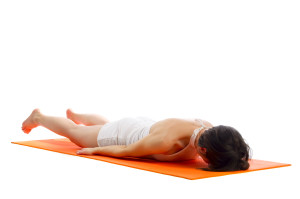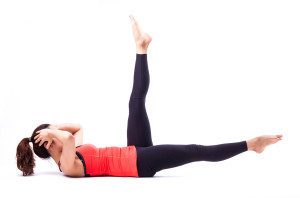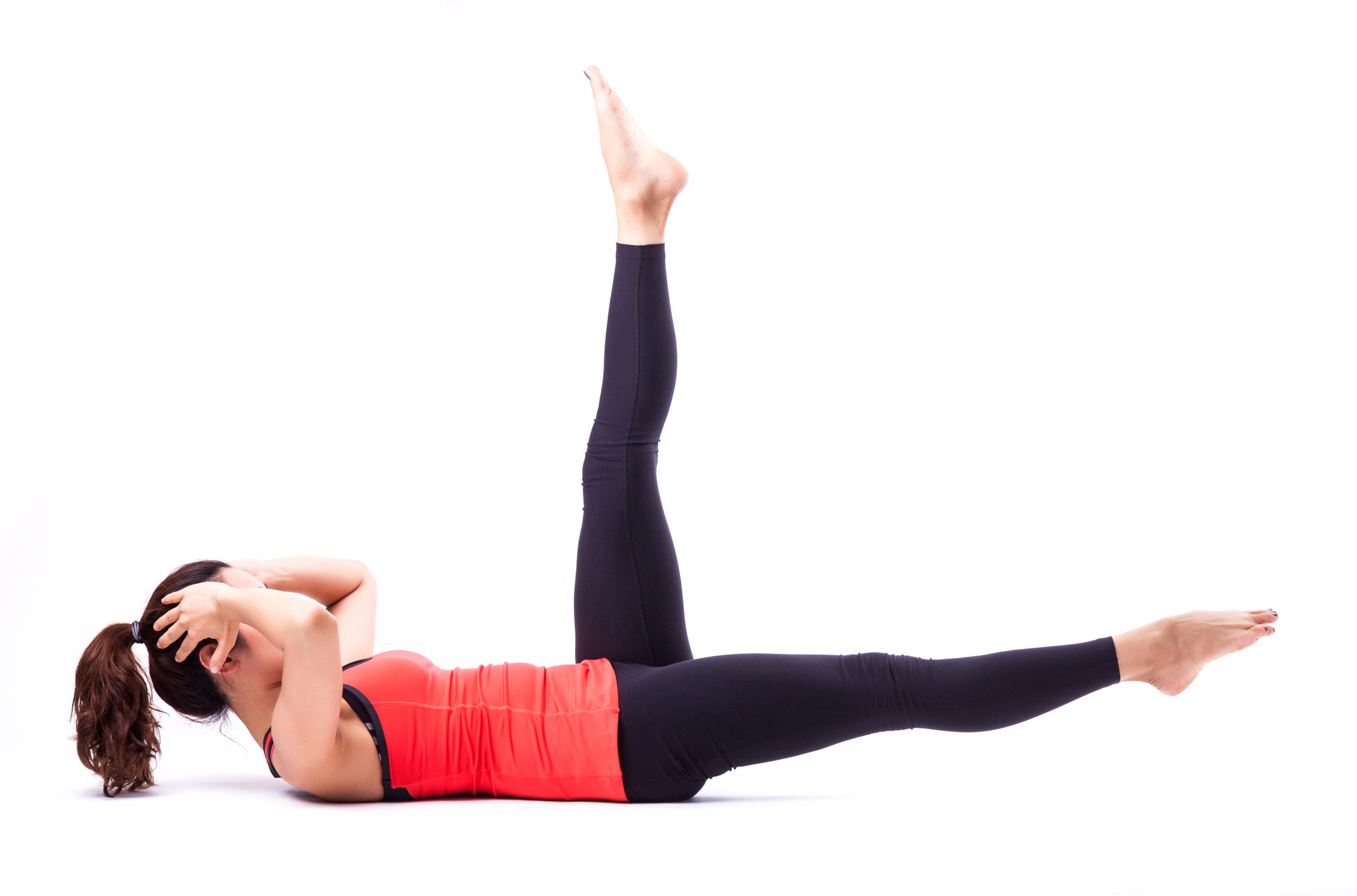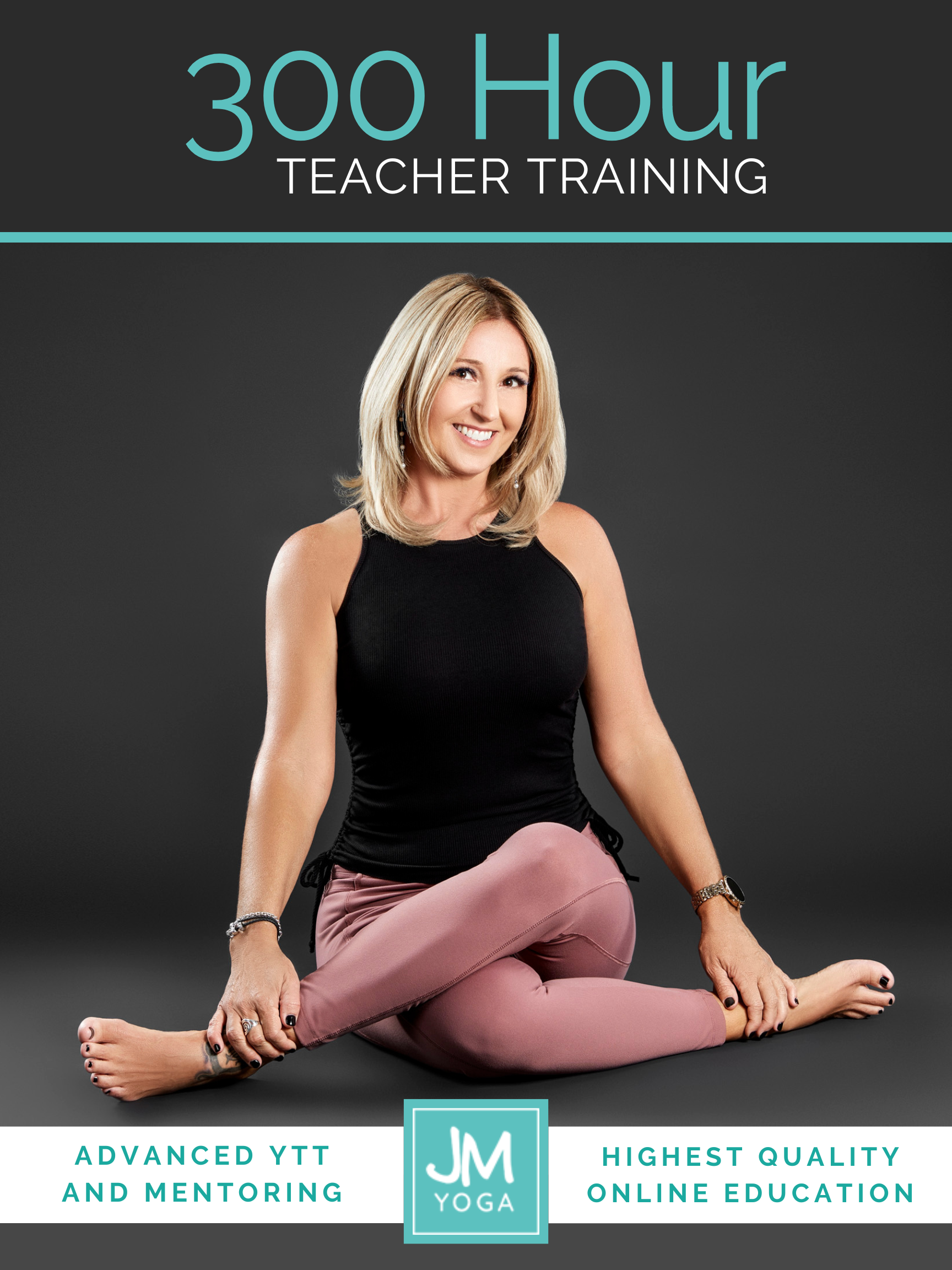But to put things in perspective, since my last post back in (gasp!) July, I was in Europe filming and on retreat, teaching workshops and seminars almost every weekend, putting together a book deal, and most importantly…getting a massage therapy license.
I figured since half the research I read is from the field of manual therapy – the other half being from the field of movement therapy movement-for-general-well-being (credit for that mouthful goes to YA) – I should get my hands metaphorically dirty and join the ranks of my fellow hands-on therapists.
Coming from such a strong background in biomechanics, movement, and research, massage school was an interesting experience for me. The program I chose offered a strong option in the area of musculoskeletal injury and rehab, so it was an area in which I was competently versed. Most of the other students were quite new to all things human body related (think of your first day ever of your first 200 hour YTT) and were either pursuing a new career or entering their first career – both admirable achievements. They were all lovely people and extremely passionate and enthusiastic about learning their craft. I refer to them collectively here only to make grander statement about the education process and my full intention is to hold them up, not criticize them.
Back to musculoskeletal concerns.
One of the best components of massage school is the intensity of kinesiology training. The students got way more anatomy and joint kinematics than most yoga trainings provide. And this got me thinking…
If yoga trainings had a greater focus on kinesiology, would that be a benefit to our community?
My answer here is not a definite yes or no. As always, my answer is “it depends.”
And how it depends hinges on how well critical thinking is taught.
Here’s an example from massage school: After just a few days into the program, I realized the general message of the course was to establish the root cause of most musculoskeletal ailments was tightness in that area. We spent a lot of time rubbing away tight muscles and stretching out tight joints. I’m guessing if you’re reading this, you already know how I feel about tightness. After one day of assessing tight IT bands and determining that everyone in the room seemed to have two of them, a smart-as-a-whip student asked the instructor, “so what exactly does a not tight IT band feel like?” I wanted to fist bump her but instead did this on the inside:
To be clear, I have full respect for our teacher. Teaching is the hardest gig out there. I also understand that students want to know an answer. They don’t want to hear “it depends.”
The #1 question I get when I’m leading workshops is “What is the cue for that?”
Students look crestfallen when I stumble around reaching to make some verbal sense out of what I just observed, expressed, suggested, and observed again on the student I’m working with. I get it. Learning the cues is what got them out there teaching successfully!
Additionally, when information is so new to the students, it is difficult as a teacher to answer questions without a lengthy detour into an entirely different course. Another perceptive massage student once asked such a complex question about stiffness which made it apparent to me that nothing short of a 16 week graduate level course in biomechanics would have sufficiently answered his question.
But all of that said, I still worry that too much anatomy training without exercises in critical thinking (or interpreting data, analyzing articles, etc.) leave students less empowered rather than more empowered. It becomes too easy to reduce deficiencies in human movement to a single causative mechanism [1]. We’re just not that simplistic.
Please don’t interpret this to say you shouldn’t study anatomy and biomechanics. I believe you absolutely should. But know that for every solution you discover through your studies, more questions should arise.
Here are a couple examples from massage school relating to low back pain (a common topic because of its prevalence in our society) that I think would be interesting to yoga teachers:
1. We were learning the “correct” muscle recruitment order for a prone leg lift (think single leg salabasana). Using our hands we were trying to feel which muscles activated and in which order. Wondering how reliable our hands were at giving us this information, I suggested, “Wouldn’t we need an EMG and a laboratory setting to get any real data since we’re measuring milliseconds?” After that, we were taught to just feel for general muscle recruitment patterns which we I determined told us nothing at all. The rest of the group was encouraged to conclude a glute deficiency (since being human automatically predicts us to have faulty glutes and tight IT bands, right?), while I wondered how I entered this alternate universe. Later, I went back to my earlier research on the topic and found two opposing conclusions on the matter [2,3]. Imagine that!

(image via dreamstime)
2. We were learning being schooled that core stability (CS) exercises are the best way to prevent and reduce low back pain (LBP). Since this particular course focused on suggesting a few simple exercises and stretches to our clients based that would support our session work, we exhausted the topic of CS. We did a gazillion exercise (most of which resembled Pilates) that none of the students could do except for me (I was the only movement professional in the class), yet none of them had back pain in spite of their terrible core stability. Hmmm. (Anecdotal, I know, but what a great opportunity to question the system and do more research). So we looked at a book of the lumbar spine and transverse abdominus (TvA) muscle, and yup, that makes total sense! TvA supports lumbar and supported lumbar means no pain. Got it. Only we now know that CS exercises are no better than general exercise in alleviating LBP [4,5] and therefore we could have gone without humiliating the less-than-stellar movers in the class and sentencing them to the inevitable doom of LBP.
(image via dreamstime)
My point is (I know, I’m a bit rusty at blog writing) that we all have a lot to learn. And if you’ve taken the path of yoga based in kinesiology (other than yoga based in the chakra system – not knockin’ you, just saying you get a pass when it comes to evidence based conclusions) you’re in for a bumpy ride. Things you learned once are going to be challenged. Many of you have taken my webinar a few times. Have they ever been the same? (Say no.) I reserve the right to change my opinion as I research more. Heck, I would never write my early blogs in the same tone today – I have so much more information to add!
This is why we read real research articles in my 40 hour yoga biomechanics courses. We discuss them at length and question if clinical relevance for our teaching practice can be deduced by the outcome of the study.
This is also why I don’t have the cue for that.
______________________________
[1] Wallden, M. (2015). “But we’re infinitely more complex than a car”: A systems approach to health and performance. Journal of Bodywork and Movement Therapies, 19(4), 697–711.
[2] Lewis, C., & Sahrmann, S. (2009). Muscle Activation and Movement Patterns during Prone Hip Extension Exercise in Women. Journal of Atheltic Training, 44(3), 238–248.
[3] Lehman, G. J., Lennon, D., Tresidder, B., Rayfield, B., & Poschar, M. (2004). Muscle recruitment patterns during the prone leg extension. BMC Musculoskeletal Disorders, 5(3), 1–5.
[4] Lederman, E. (2007). The Myth of Core Stability. CPDO Online Journal, June, 1–17.
[5] Mannion, A. F., Caporaso, F., Pulkovski, N., & Sprott, H. (2012). Spine stabilisation exercises in the treatment of chronic low back pain: A good clinical outcome is not associated with improved abdominal muscle function. European Spine Journal, 21(7), 1301–1310.
Extend Your Learning: Advanced Yoga Teacher Training with Jules Mitchell
This program is ideal if you have an interest in biomechanics, principles of exercise science, applications of pain science, neurophysiology, and stretching. These themes are combined with somatics, motor control theory, pose analysis and purpose, use of props for specific adaptations, pathology, restorative yoga, and intentional sequencing.
You will learn to read original research papers and analyze them for both their strengths and their biases. Critical thinking and intellectual discourse are central components in this training, which was designed to help teachers like you navigate through contradictory perspectives and empower you with education. Learn more >



Hi Jules!
Welcome Back!
(i’ve been underground for a different reason)
I love the gist of this!
“what’s the cue for that?” has been my bane for many years.
I am hearing what you are saying as moving in a direction that I like.
This query can lead to short cuts in teaching that I believe could be less valuable in terms of making yoga more pertinent to life extending goals vs just getting the pose quickly.
keep shining rock star!
I miss you
(and as soon as “I’m Baaaack” I’ll be superbad–in the meantime it’s all about healing)
Loved your blog a long wait but worth it. I always have more questions after researching and our bodies are very complex so a simple word or sentence can not answer a question most of the time. And what fits one person does not fit the other…sometimes a bit frustrated how research changes from time to time on issues say of low back pain but I guess I will accept that because do I really have another choice? I will stay open minded and continue to learn or gather more information.
Thank you,
Shelley
Love this Jules. New learning seems to continue to reveal so many more questions no? As a Pilates and Yoga teacher with my own fair share of LBP I have to say this relationship and conundrum you talk about between LBP and CS is so relevant and for me, after 9 years still continues to beg so many questions. On this topic in particular, my experiences with students and myself most always has left thinking … CS = NO LBP? I wish is was that easy!!
Bernie. Two words. Get better. (That’s an order.)
Shelley. We’re all doing the best we can – no time for frustration!
Angie. If we were like cars, we’d be that easy. 🙂
Thank you all for commenting and for reading.
Love,
Jules
More blogs please Jules! You rock!
Jules, I found your awesome blog recently while searching for supporting documentation for my biomechanics class @ ATSU. Thanks for helping me better understand biomechanics as it applies to yoga; I really appreciate all the great references you provide. When is your book coming out? Are you planning to attend SYTAR in Reston VA this year?
Hi Sandy, Glad you’re enjoying the blog! The book is coming out in 2017 probably and as of now, I have no plans to attend SYTAR. I hope to meet you someday! Love, Jules
My first exposure to you was hearing your Liberated Body interview. I cannot count how many times I listened. I’ve read some of your blog and sufficiently got lost but didn’t give up. I am a 55 yr. old college grad. (Elem. Ed.), homeschool mom (my baby had her first baby this morning and we are halfway there to meet the little guy -going from Iowa to Colorado) and farm wife. I’ve been climbing out of chronic full body pain (no diagnosis) for 10 yrs. My PT who I’ve been getting MFR (John Barnes style) for 3 yrs. recently told me to engage my core during a session and I promptly quipped back, “I have no core!”. To which she replied, “I know!”. I’ve been geeking out on MELT, YTU, Foundation Training, Lib. Body, Original Strength, Get to Your Core, Hargrove’s stuff, Mary Bond’s stuff and so much more along with a few movement podcasts for 3 yrs. gaining knowledge and experimenting while I battle fear of movement due to pain and potential pain. Recently I have decided the only way into a future of being resilient and strong (for the first time I my life) is to dive headlong into developmental positions and movements and to stay this side of pain as often as possible (see McIlory’s work- stay in comfort zone in training as long as possible). No one has been able to tell me one reason or solution to why I have multiple neurologically inhibited muscles. I think I need to move to Colorado and spend time on the floor with my new grandson and teach him to eat nutrient dense foods while he teaches me how to move! Just needed to share and thank you for THINKING and for speaking outside the box! I am a questioner and answers are coming slowly and life is more precious and more worth sharing than ever before. The Lord continues to expose what He created and we merely discover. Now back to experimenting with rib cage breathing as we drive the second day of 500 miles to meet my little guy and hug my daughter and his daddy – then hand them Katy Bowman’s DR book. and breathe with them for two precious weeks!
<3
poco a poco…thank you!